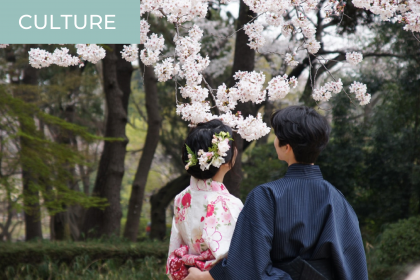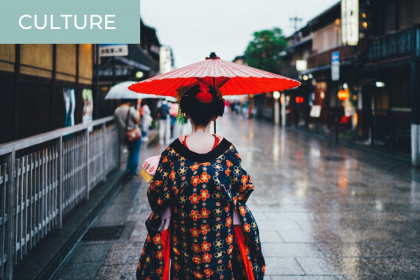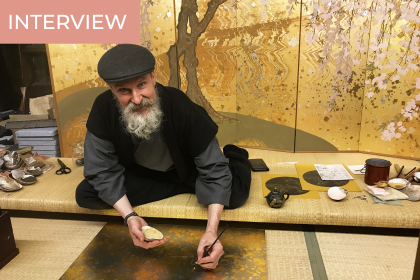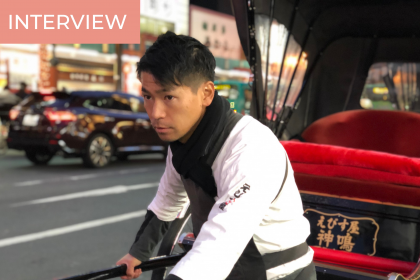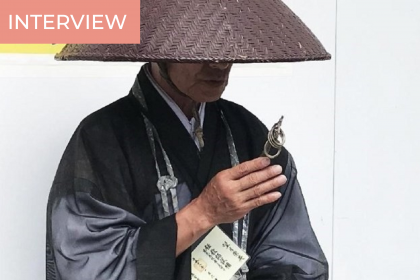Store curtains are often hung at the entrances of shops and restaurants in Japan. Here is the role of these curtains and their origin. What are these curtains? You may have noticed flag-like curtains hanging in front of Japanese shops or restaurants. These are called noren in Japanese. In Japanese, this word is written with…
Yes, You Can Eat Anglerfish: Here Is How the Japanese Do It.
Despite its terrible looks granted by nature and its slimy texture, anglerfish is actually edible. The monster is turned into a delicacy by Japanese cooks. The Difference between Anglerfish, Monkfish, and Footballfish Before talking about cuisine, a distinction should be made between the terms anglerfish, monkfish, and footballfish. Although the fish look similar, the words…
How to Say ‘Sorry I’m Late’ in Japanese Depending on Your Situation
It is a well-known fact that being late is frowned upon in Japanese culture. Being late when you meet friends will not hurt your friendships badly as long as you apologize and don’t try to make up excuses. Your Japanese friends might very well be the ones who are late. But in business culture, it’s…
The History of Hanami: The Japanese Tradition of Cherry Blossom Viewing
In Spring in Japan, cherry blossom trees are in bloom for about two weeks. During this very short period of time, Japanese people enjoy the traditional activity called hanami, which can be literally translated as “viewing the flowers.” Read on to discover the origins and meanings of this celebration and how it is celebrated today….
A Family of Fingers! How to Name Each Finger of the Hand in Japanese
The Fingers’ Names in Japanese Originate from Size or Usage In Japan, fingers’ names are called the following: #1 The thumb is oyayubi (親指), the “parent finger”.#2 The index finger is hitosashiyubi (人差し指), the “pointing finger”.#3 The middle finger has the same meaning as in English, and is called nakayubi (中指).#4 The ring finger is called,…
Japanese Miso Soup: its Origins and Why Japanese People Like it so Much
When and where was miso soup invited? What is it made of? Why is it so important to the Japanese people? Is there a correct way to eat it? Is it really good for your health? Here are some answers to the most commonly asked questions related to the most famous soup of Japanese cuisine….
Japanese Colors and Their Symbolism
Japanese colors and their symbolism are different than the West’s since perceptions of colors are a cultural construct. They reflect the country’s history and beliefs. Read on to discover the Japanese culture’s different colors and why. In Japanese, the Green and Blue Used to Be the Same Today, the word ao (青) means blue, but…
Nihonga Painter Allan West Shares the Joys and Challenges of Being an Artist in Japan
You may have seen his elegant kimono-clad figure on television, in newspapers, or in your Tokyo guidebook. After almost 40 years of career in Japan, American-born Allan West has become a familiar figure in the world of Nihonga, the Japanese traditional painting. I had the great pleasure to meet him at the end of Spring 2019 in…
The Fascinating Life of a Tokyo Rickshaw Driver
For a long time, I ignored that the rickshaw was actually a Japanese invention! This old profession still subsists today in a newer form in Japan: the rickshaw drivers double as guides who often speak several languages. Let me introduce you to Mr. Taira, a rickshaw driver you can meet in Asakusa, Tokyo. All the…
‘Becoming Like the Sky’: an Encounter with a Street Monk in Ginza
In Tokyo, Buddhist priests chanting sutras in the streets, with their traditional robes and straw hats, have become an exotic sight not only to foreign tourists but to Tokyoites too. Mr. Mochizuki has been practicing takuhatsu (religious mendicancy and sutra chanting) in the streets of Ginza for nine years.I had the opportunity to interview him…




